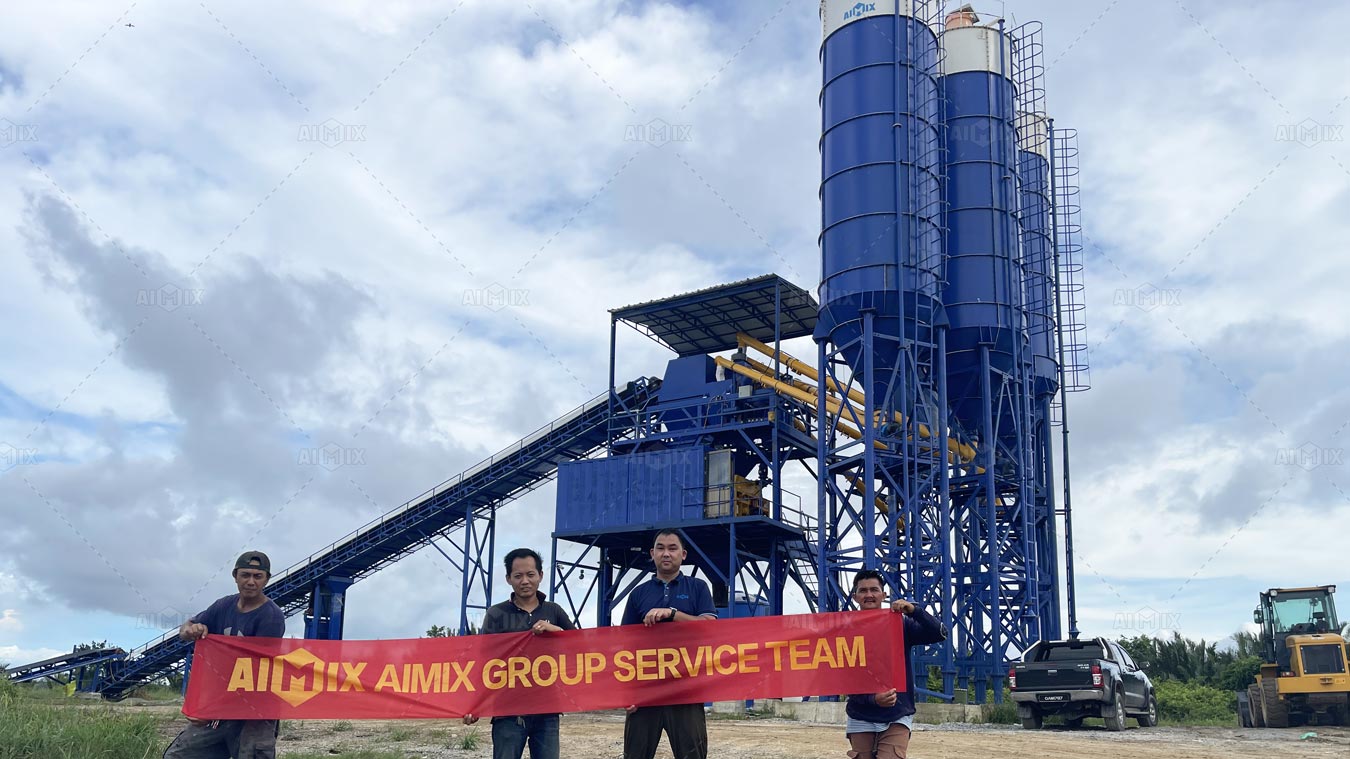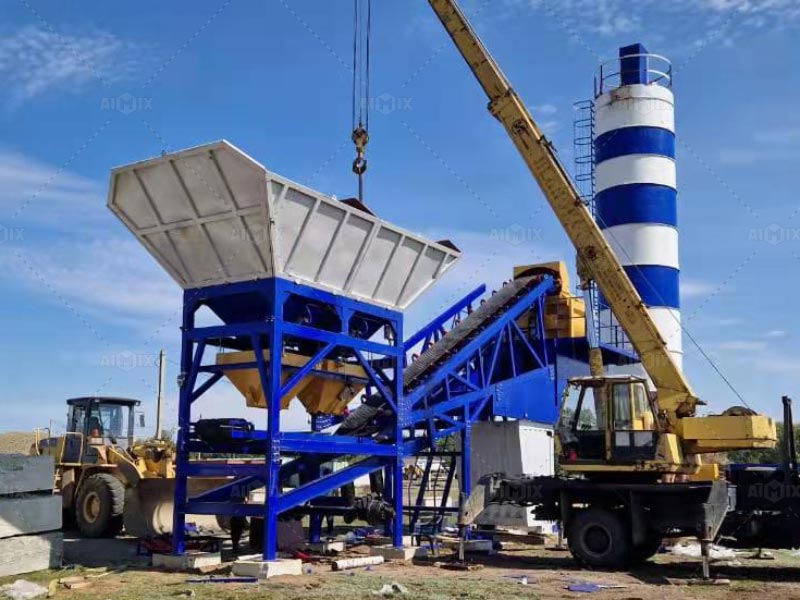Concrete production is essential to the construction industry, but traditional methods often have a significant environmental footprint. Modern concrete plants are redefining this landscape by incorporating sustainable practices and technologies to minimize their ecological impact. This article explores the environmental benefits of modern concrete plants, with a focus on how they contribute to sustainability while maintaining efficiency and affordability.
The Role of Concrete Plants in Sustainability
Concrete plants are critical for producing materials used in infrastructure, housing, and industrial projects. However, traditional concrete production has raised concerns about high energy consumption, water usage, and CO₂ emissions. Modern concrete plants(planta concreto) address these issues through innovation and a commitment to eco-friendly practices.

Key Innovations in Modern Concrete Plants
1. Reduced Carbon Emissions
Modern concrete plants are equipped with energy-efficient systems that minimize CO₂ emissions. Features such as optimized mixing technology and alternative fuels significantly reduce the carbon footprint of concrete production.
2. Recycling and Reuse
Recycling plays a vital role in sustainable concrete production. Many plants now incorporate systems to recycle:
- Water: Used water is treated and reused in the mixing process.
- Aggregate: Leftover concrete and debris are crushed and reused as raw materials.
3. Energy Efficiency
Advanced technologies, such as energy-efficient motors and automated systems, reduce electricity consumption in concrete production. Solar panels and renewable energy sources are also being integrated into plant operations.
Benefits of Mobile Concrete Batching Plants
1. On-Site Production
Mobile concrete batching plants(Planta de hormigon movil) offer on-site production capabilities, reducing the need to transport concrete over long distances. This lowers fuel consumption and emissions.
2. Reduced Waste
Mobile plants allow for precise batching and mixing, ensuring that only the required amount of concrete is produced, thereby minimizing waste.
3. Adaptability for Remote Locations
These plants are ideal for remote or temporary construction sites, where access to centralized concrete plants is limited. Their mobility reduces the environmental impact associated with transporting materials to these areas.

Advantages of Small Concrete Plants
1. Lower Energy Consumption
Small concrete plants are designed to meet the needs of smaller projects with lower energy requirements. Their compact size and efficient systems make them a sustainable choice for localized construction.
2. Minimal Land Use
Small concrete plants require less space, reducing the environmental disruption caused by large-scale installations. This makes them ideal for urban or environmentally sensitive areas.
3. Cost-Effective Sustainability
By focusing on smaller-scale production, these plants offer an affordable solution without compromising on eco-friendly practices. They are a practical option for contractors looking to balance cost and sustainability.
Sustainable Practices in Concrete Plants
1. Dust and Pollution Control
Modern concrete plants are equipped with advanced filtration systems to capture and reduce dust emissions. This ensures cleaner air and minimizes the environmental impact on surrounding communities.
2. Sustainable Material Sourcing
Many plants now source eco-friendly materials, such as supplementary cementitious materials (SCMs) like fly ash and slag, to reduce the carbon footprint of concrete production.
3. Optimized Transportation
For centralized concrete plants, strategic location planning reduces transportation distances, cutting down fuel consumption and emissions. Mobile and small concrete plants(mini planta de concreto) further enhance this by enabling on-site production.
Environmental Impact of Concrete Plant Prices
1. Investing in Sustainability
While the concrete plant price(planta de concreto precio) may be higher for eco-friendly models, the long-term savings in energy, water, and material costs often outweigh the initial investment.
2. Affordable Options for Small Projects
Small and mobile concrete plants offer cost-effective solutions for projects with limited budgets, enabling contractors to adopt sustainable practices without significant financial strain.
3. Government Incentives
In many regions, governments offer incentives and subsidies for adopting sustainable construction practices. Investing in modern, eco-friendly concrete plants can lead to additional financial benefits.
The Future of Sustainable Concrete Production
1. Integration of AI and IoT
The use of artificial intelligence (AI) and the Internet of Things (IoT) is transforming concrete plant operations. These technologies allow real-time monitoring of emissions, energy use, and material consumption, ensuring optimal performance with minimal environmental impact.
2. Carbon-Neutral Concrete
Innovations are paving the way for carbon-neutral concrete production. From carbon capture technologies to alternative cement formulations, modern plants are at the forefront of reducing CO₂ emissions.
3. Collaboration Across Industries
Collaboration between manufacturers, contractors, and policymakers is critical for advancing sustainable practices. Modern concrete plants are becoming key players in achieving global environmental goals.
Conclusion
Modern concrete plants are revolutionizing the construction industry by prioritizing sustainability without compromising efficiency. With advancements in energy efficiency, recycling, and on-site production, mobile concrete batching plants and small concrete plants are leading the way in reducing environmental impact.
While the initial concrete plant price may vary, the long-term benefits of adopting eco-friendly systems far outweigh the costs. These plants not only lower carbon footprints but also enhance project efficiency, making them a wise investment for the future of sustainable construction.
By choosing modern concrete plants, contractors and developers can build a greener future, contributing to global efforts to combat climate change and preserve natural resources.